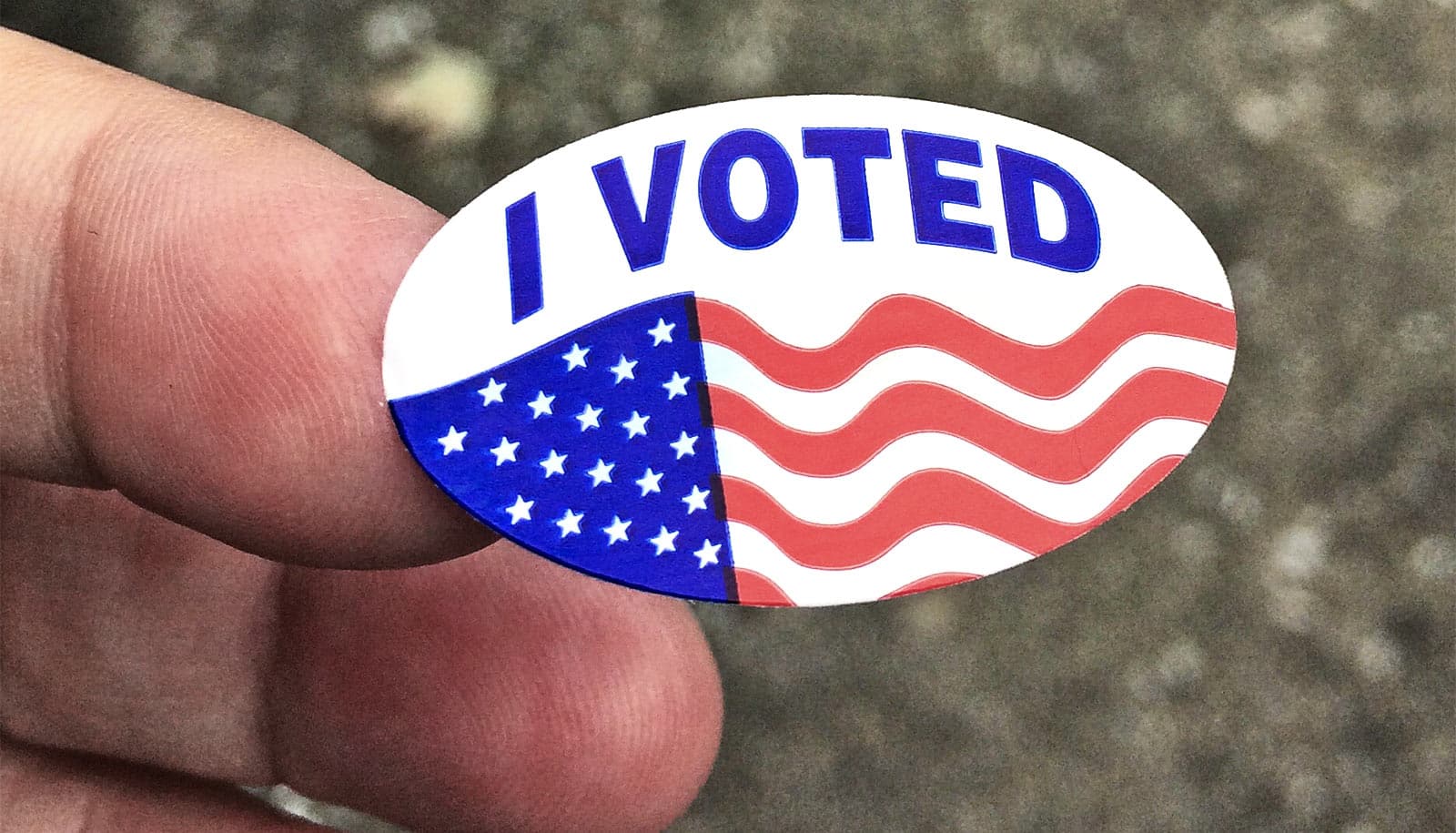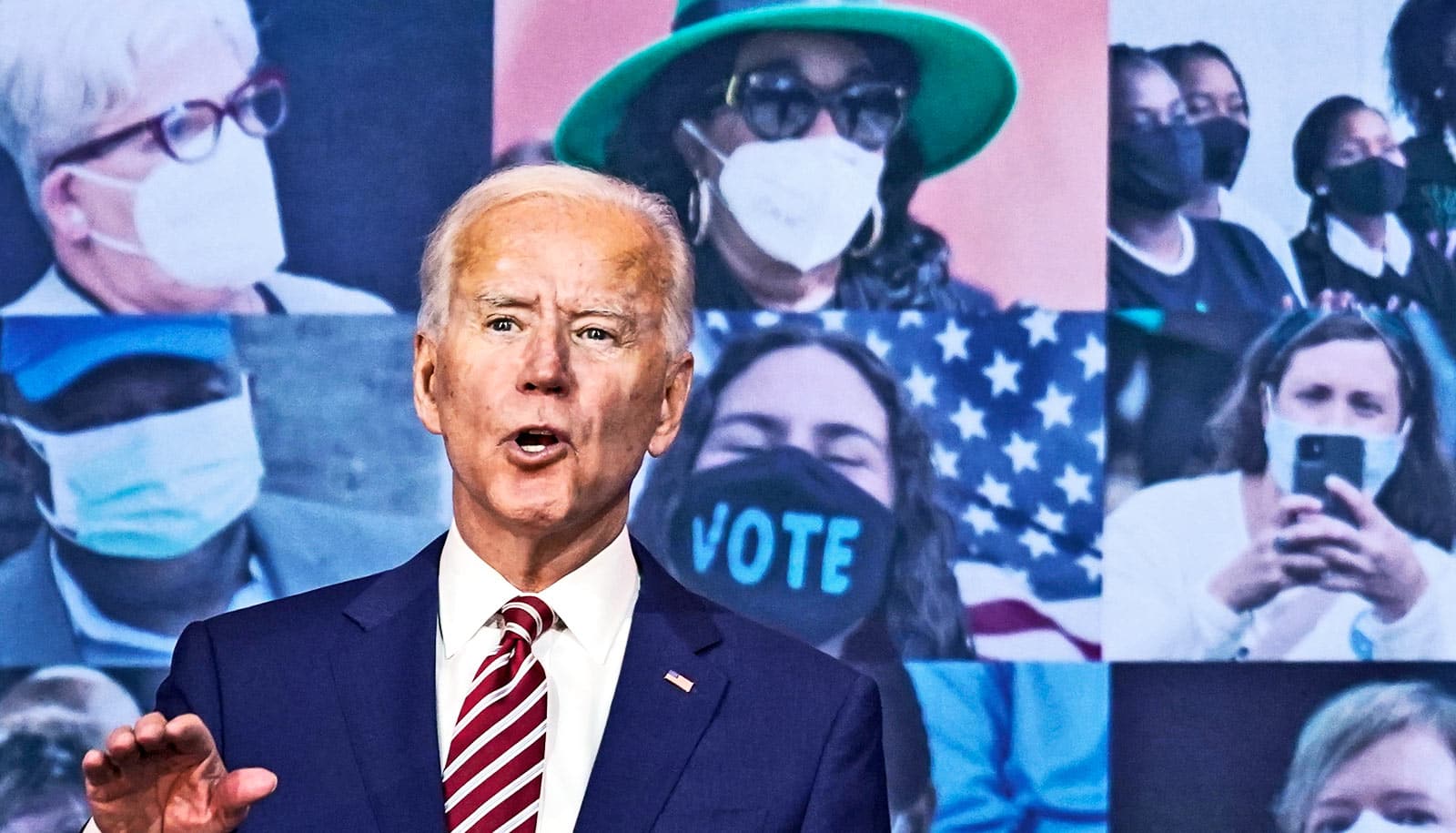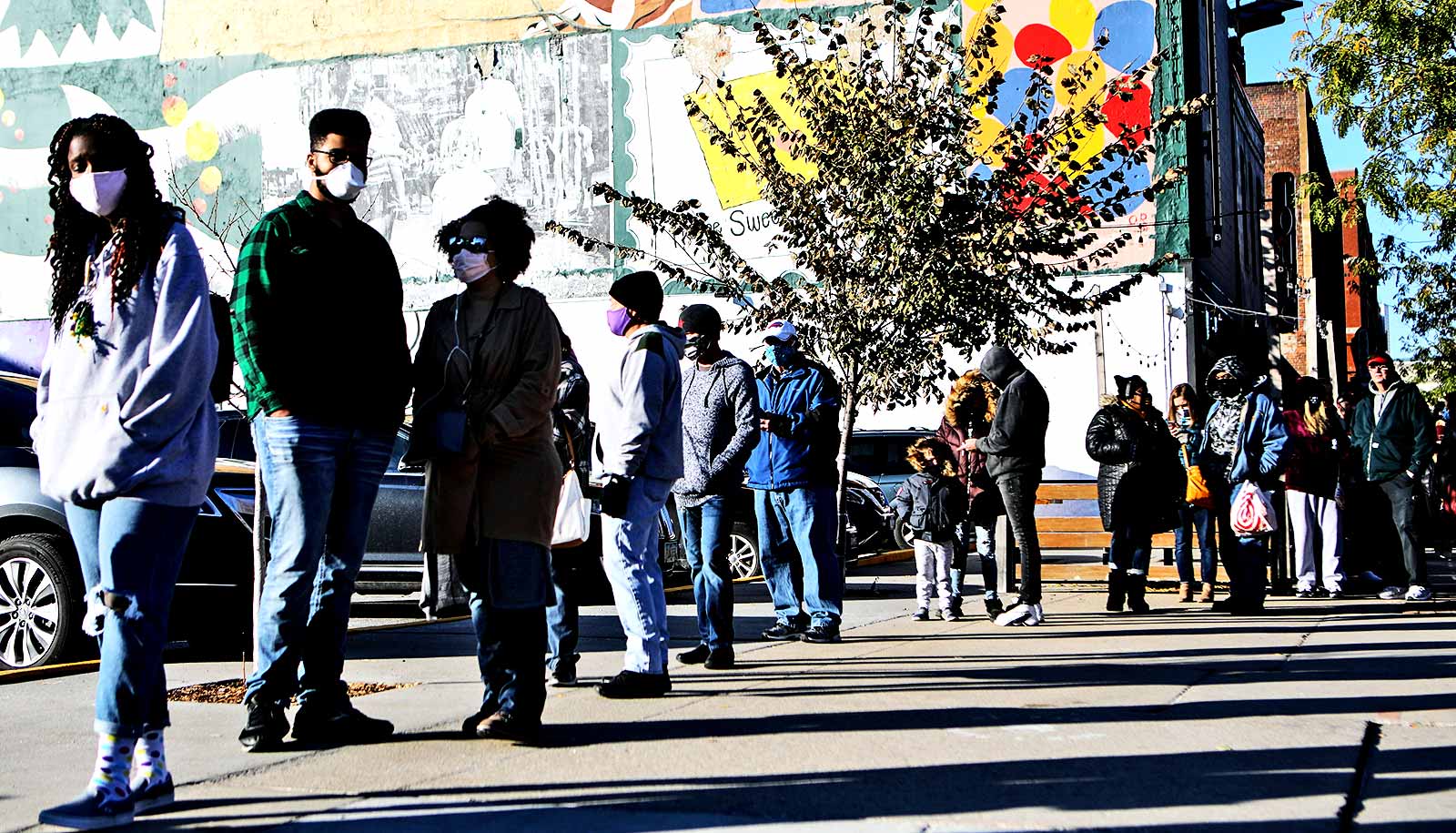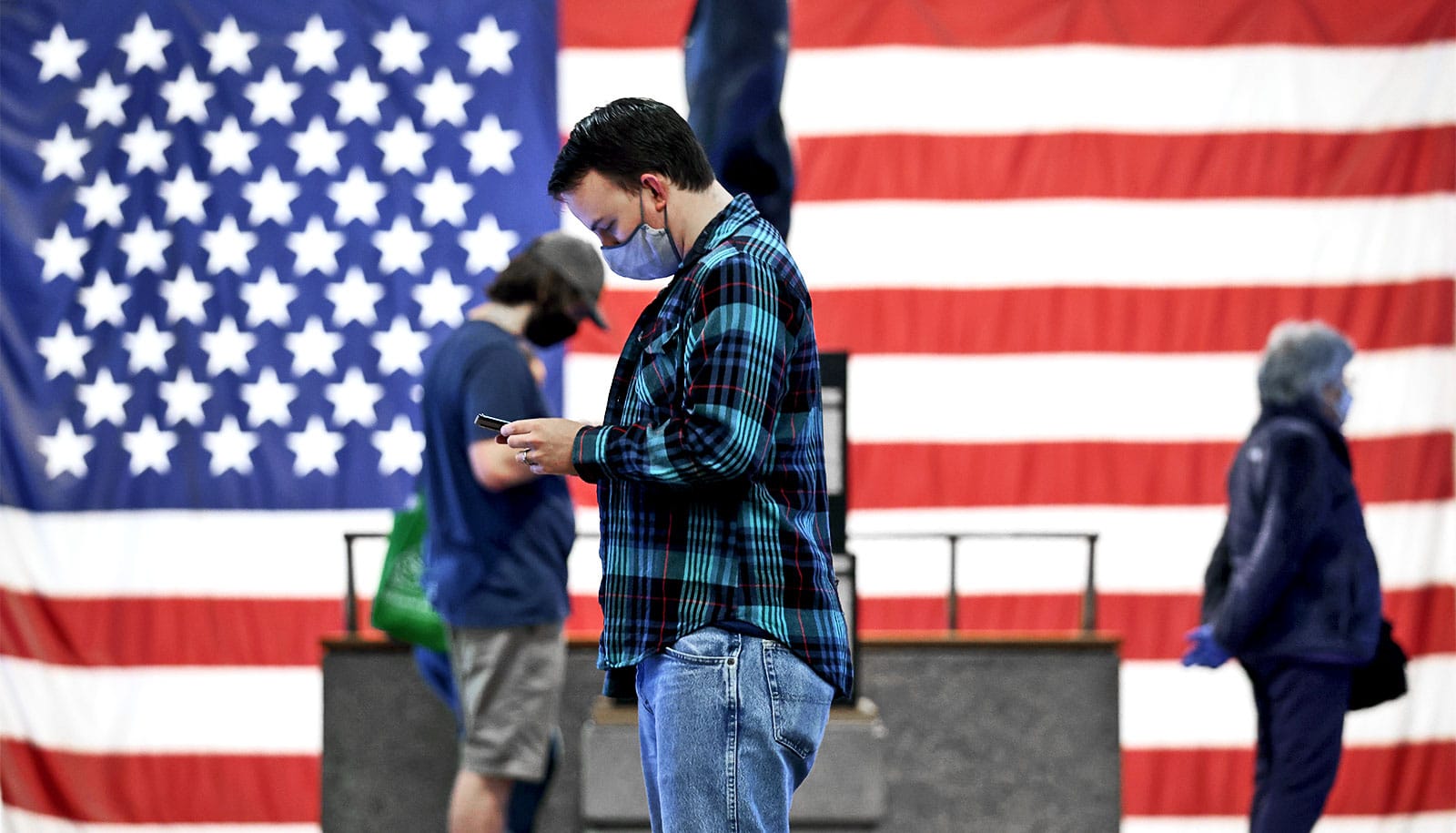Voter turnout among college students jumped to 66% in the 2020 presidential election, building on the momentum swing of the 2018 midterms, according to a new report
The record-breaking rates are based on data from nearly 1,200 campuses of all types from the Institute for Democracy & Higher Education’s national study of college and university student voting and engagement.
The 14 percentage-point increase to 66%—up from 52% turnout in the 2016 election—outpaces that of all Americans, which jumped 6 percentage points from 61% to 67%, according to data from the US Census Bureau.
“That students, often younger and first-time voters, turned out at rates commensurate with the general public is nothing short of stunning,” says Nancy Thomas, director of the Institute for Democracy & Higher Education (IDHE) at Tufts University’s Jonathan M. Tisch College of Civic Life.
“We attribute this high level of participation to many factors, including student activism on issues such as racial injustice, global climate change, and voter suppression, as well as increased efforts by educators to reach students and connect them to the issues and to voting resources.”
“Students on campuses across this country—from our community colleges to our flagship universities—are raising their voices and their participation in our elections,” said Dayna Cunningham, the Pierre and Pamela Omidyar Dean of Tufts University’s Jonathan M. Tisch College of Civic Life.
“Today’s report shows that even despite a global pandemic, and systemic challenges throughout our democracy, college students are supporting each other to participate, vote, and stay engaged.”
Findings include:
- Students were motivated to vote. 97% of campuses in the study saw some level of increase in turnout in 2020. In previous election years, low “yield” rates were a challenge to some campuses; students were registering to vote in high numbers, but not following through and actually voting. In 2020, the rate of registered students who then voted hit 80%, up from 69% in 2016. This is an important milestone and signal that students are engaged, encouraging each other to participate, and vested in their own futures and the health of democracy, the researchers say.
- Youngest students outvoted older students. Students ages 18-21 defied national patterns and prior student voting patterns and voted at slightly higher rates than older students.
- Differences by institution types persist. Despite gains across the board, among all categories of public and private universities, there were differences that are important to explore. The highest voting rates were achieved at private institutions; voting rates at private Bachelor’s degree-granting institutions jumped to 75% in 2020, an increase of 17 percentage points over 2016. Students at women’s colleges voted at a rate of 76%. These changes might point to differences in institutional and student resourcing and/or the retention of more affluent students—who vote at significantly higher rates than their lower-income peers—in a difficult semester. They may also point to the liberal arts and sciences as a catalyst for voting.
- New trends emerge in turnout of demographic groups. Asian American student participation rose in 2020 by 17 percentage points over 2016, although Asian American student turnout was still lower (at 51%) than other demographic groups. As in previous reports, women still vote at higher rates than men in college; however, the gender gap narrowed, from 8 points in 2016 to 6 points in 2020. Overall, white women voted at the highest rate among race/gender subgroups (at 73%), followed by multiracial women (69%), white men (68%), and Black women (66%).
Campus reports with individual institutional data are also being sent to the nearly 1,200 colleges and universities in the study. IDHE research team members are available for media interviews to discuss the findings.
IDHE’s National Study of Learning, Voting, and Engagement (NSLVE, pronounced n-solve) is the nation’s largest study of college and university student voting. Institutions must opt-in to the study, and at this time, nearly 1,200 campuses of all types—community colleges, research universities, minority-serving and women’s colleges, state universities, and private institutions—participate.
The dataset reflects all 50 states and the District of Columbia and includes 49 of the nation’s 50 flagship schools. IDHE uses de-identified student records to ensure student privacy. The 2020 dataset is robust with 8,880,700 voting-eligible students representing 1,051 colleges and universities.
Source: Tufts University



